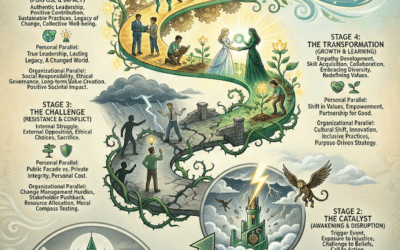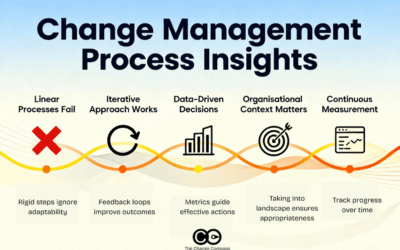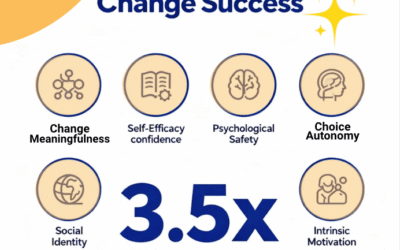
Have you ever wondered why change management deliverables are structured and sequenced the way they are?
Deliverables are defined as the data that is put in use in every activity in a change-management. Besides activities, deliverables can form an integral part of any change management project.
There is an inherent logical flow from which change deliverables feed into the next. This means that subpar quality in the deliverable earlier on happens if the work is inadequately carried out. Also, this will likely flow into the rest of the deliverables.
Change deliverables start out very high-level. Earlier in the project development lifecycle, there is a lot of unknown details. Moreover, there are lots of questions that cannot be answered about the nature of the change. More details presents itself as the project progresses through each phase. Therefore, the change practitioner is able to populate and document various details. Including what the change means and how stakeholders will be impacted.
Eventually, each change deliverable contributes to the next, resulting in a detailed change plan. The change plan is a culmination of a detailed understanding. Also, it’s an assessment of the impacted stakeholders and what the changes will mean to them. Therefore, the respective change interventions that are critical to transition these stakeholders from the current to future state. Communications and engagement plan as well as learning plan also form a core part of the change plan.
Along with the change management process, they create a system for managing change. Good project managers apply these components effectively to ensure project success. Whether it’s a sudden change of personnel or an unexpectedly poor quarter; Change managers are adaptable enough to apply the appropriate changes to your plan to accommodate your company’s new needs.
For more details about the structure and flow of change deliverables download our infographic here.






